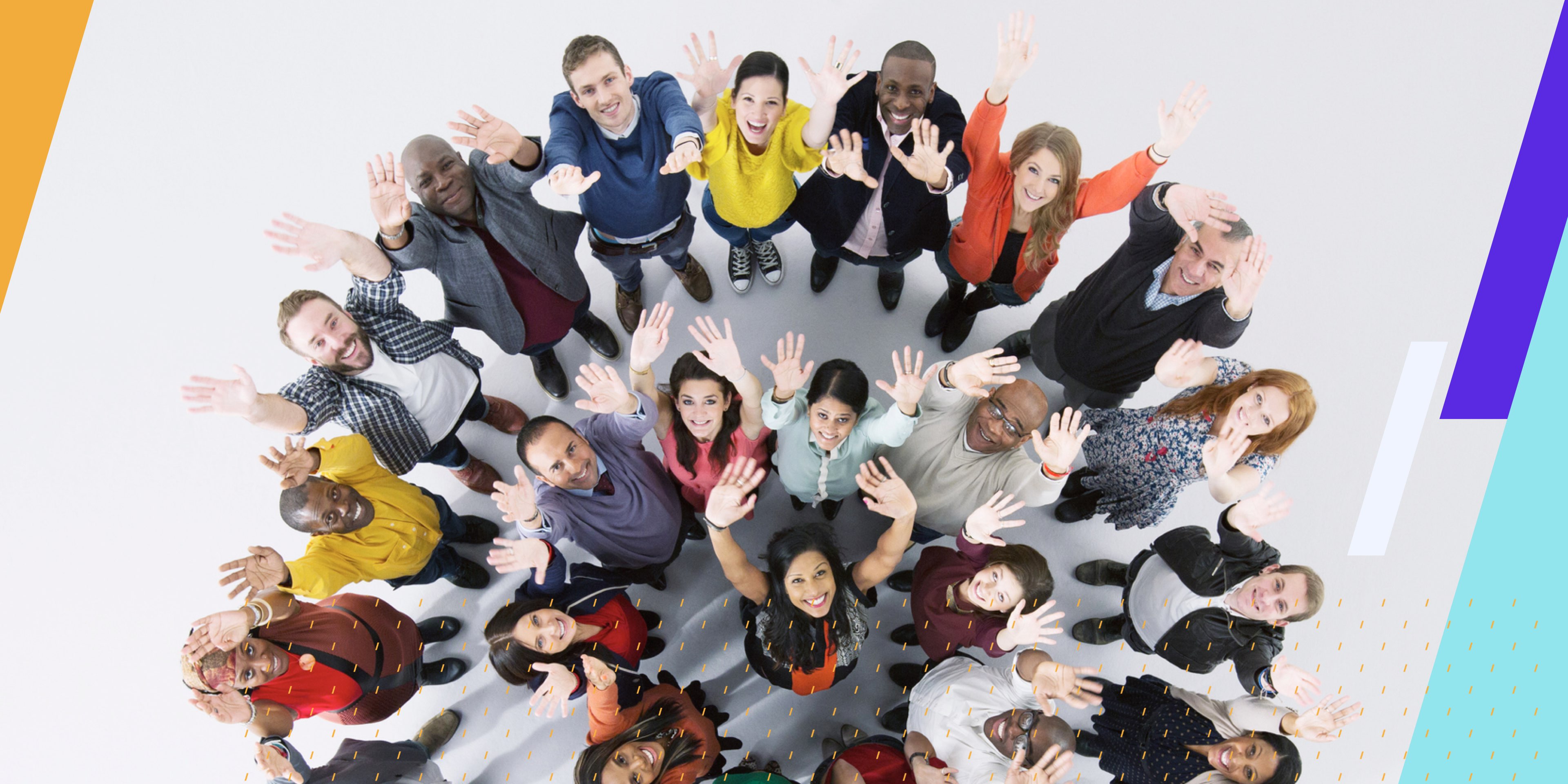Ottawa, Ontario — May 16, 2023 – As Global Accessibility Awareness Day (GAAD) approaches, Allyant, the world’s leading accessibility solutions provider, proudly announced its very first celebration of GAAD as a now unified brand—formed from the amalgamation of T-Base, CommonLook, and Accessible360.
GAAD, observed annually on the third Thursday of May, is a momentous event that raises awareness about the importance of accessible experiences and fosters collaboration to enhance inclusivity in the digital world. It encourages individuals to share their insights, experiences, and knowledge, inspiring collective efforts to make digital platforms accessible for all.
“This year’s GAAD holds particular significance as it marks Allyant’s first celebration as a unified brand, symbolizing the convergence of exceptional people and expertise from our founding companies,” said Ariel Kunar, CEO of Allyant. “GAAD has always served as a poignant reminder of our previous brands’ unwavering commitment to digital accessibility and the inclusion of individuals with disabilities. Allyant is proud to continue that tradition, ensuring equitable access to information for people with disabilities.”
Allyant ensures that every organization’s path toward equitable access is effortless and smooth, eliminating the concerns, pressure, and ambiguity often linked with accessibility. The company provides a vast range of accessibility services and software solutions, including digital accessibility auditing, print and digital document remediation services, document remediation software, and numerous enterprise automation solutions.
Allyant’s leading-edge products and services are designed to empower organizations of all sizes, industries, and geographical locations to deliver accessible communications that comply with accessibility standards. By doing so, Allyant helps these organizations achieve their objectives of supporting individuals with disabilities and ensuring equal access to information for everyone.
To learn more about Allyant and our unwavering commitment to digital accessibility, please visit our website at www.allyant.com.
As a part of Allyant’s GAAD celebration, please join the company’s FREE webinar:
Topic: Future of Artificial Intelligence in Accessibility
Date: May 18, 2023
Time: 1:00 pm – 2:00 pm EDT
RSVP: allyant.com/future-of-ai

